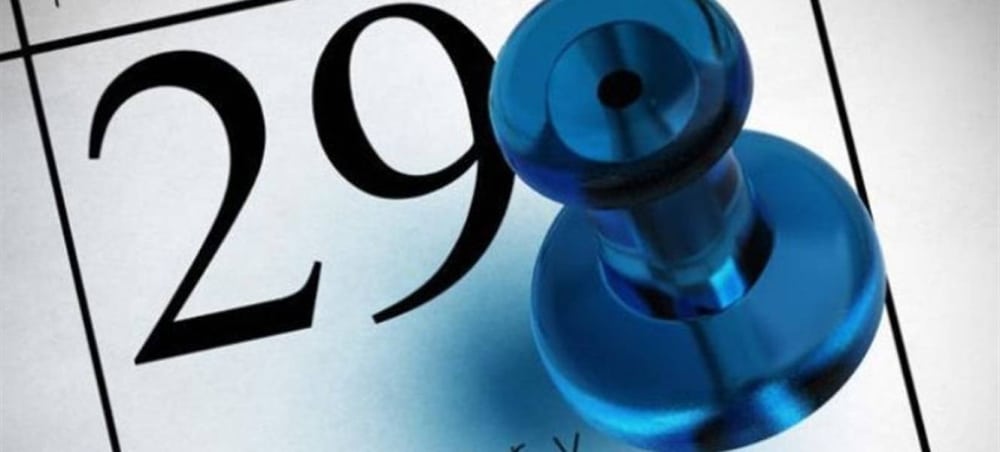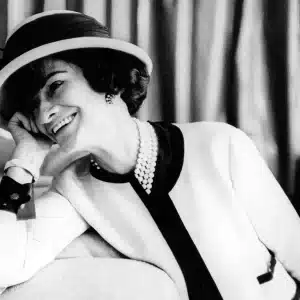ما هي أهمية السنة الكبيسة في التقويم ؟

ما هي أهمية السنة الكبيسة في التقويم ؟
ما هي أهمية السنة الكبيسة في التقويم ؟
يشكل يوم 29 فبراير حالة نادرة حيث إنه الوحيد الذي لا يتكرر سنوياً وإنما يعيشه البشر مرة واحدة كل أربع سنوات، ويُعتبر المولودون في هذا اليوم من بين الأسوأ حظاً بين البشر بسبب أن عيد ميلادهم لا يتكرر سنوياً وإنما مرة واحدة كل أربع سنوات.
والسنوات الكبيسة هي سنوات تحتوي على 366 يوماً تقويمياً بدلاً من 365 يوماً تقويمياً، وهي تحدث كل أربع سنوات في التقويم الغريغوري، وهو التقويم الذي تستخدمه غالبية دول العالم حالياً. حيث إن اليوم الإضافي، المعروف باليوم الكبيس، هو 29 فبراير، وهو غير موجود في السنوات غير الكبيسة.
وبمعنى آخر فان كل سنة قابلة للقسمة على أربعة هي سنة كبيسة، مثل 2020 و2024، باستثناء بعض السنوات المئوية أو السنوات التي تنتهي بالرقم 00، مثل العام 1900.
ونشر موقع “لايف ساينس” المتخصص بأخبار العلوم تقريراً مفصلاً اطلعت عليه “العربية نت”، ويشرح أسباب وكيفية ظهور “السنة الكبيسة”، وتاريخها في العالم.
ويلفت التقرير الى أن التقويمات الأخرى غير الغربية، بما في ذلك التقويم الإسلامي والتقويم العبري والتقويم الصيني والتقويم الإثيوبي، لديها أيضاً إصدارات من السنوات الكبيسة، ولكن هذه السنوات لا تأتي جميعها كل أربع سنوات وغالباً ما تحدث في سنوات مختلفة عن تلك الموجودة في التقويم الغريغوري. وتحتوي بعض التقاويم أيضاً على أيام كبيسة متعددة أو حتى أشهر كبيسة مختصرة.
وبالإضافة إلى السنوات الكبيسة والأيام الكبيسة، يحتوي التقويم الغريغوري (الغربي) أيضاً على عدد قليل من الثواني الكبيسة، والتي تمت إضافتها بشكل متقطع إلى سنوات معينة، كان آخرها في 2012 و2015 و2016. ومع ذلك، فإن المكتب الدولي للأوزان والمقاييس (IBWM) وهو المنظمة المسؤولة عن ضبط الوقت العالمي سيقوم بإلغاء الثواني الكبيسة اعتباراً من عام 2035 فصاعداً.
لماذا نحتاج إلى سنوات كبيسة؟
يقول تقرير “لايف ساينس” إن السنوات الكبيسة مهمة جداً، وبدونها ستبدو سنواتنا مختلفة تماماً في النهاية. حيث توجد السنوات الكبيسة لأن السنة الواحدة في التقويم الغريغوري أقصر قليلاً من السنة الشمسية أو الاستوائية، وهو مقدار الوقت الذي تستغرقه الأرض للدوران حول الشمس بالكامل مرة واحدة. ويبلغ طول السنة التقويمية 365 يوماً بالضبط، لكن السنة الشمسية تبلغ تقريباً 365.24 يوماً، أو 365 يوماً و5 ساعات و48 دقيقة و56 ثانية.
وإذا لم نأخذ في الاعتبار هذا الاختلاف، فإننا في كل سنة تمر سنسجل فجوة بين بداية السنة التقويمية والسنة الشمسية ستتسع بمقدار 5 ساعات و48 دقيقة و56 ثانية كل عام، وهذا من شأنه أن يغير توقيت الفصول. على سبيل المثال، إذا توقفنا عن استخدام السنوات الكبيسة، فبعد حوالي 700 عام، سيبدأ الصيف في نصف الكرة الشمالي في ديسمبر بدلاً من يونيو.
وتؤدي إضافة أيام كبيسة كل سنة رابعة إلى إزالة هذه المشكلة إلى حد كبير لأن اليوم الإضافي يكون تقريباً بنفس طول الفرق الذي يتراكم خلال هذا الوقت.
ومع ذلك، فإن النظام ليس مثالياً، فنحن نكتسب حوالي 44 دقيقة إضافية كل أربع سنوات، أو يوماً كل 129 عاماً. ولحل هذه المشكلة، نتخطى السنوات الكبيسة كل سنة مئوية باستثناء تلك التي تقبل القسمة على 400، مثل 1600 و2000. ولكن حتى ذلك الحين، لا يزال هناك فرق بسيط بين السنوات التقويمية والسنوات الشمسية، وهذا هو السبب في أن المكتب الدولي للأوزان والمقاييس جرب أيضاً الثواني الكبيسة.
ولكن بشكل عام فان السنوات الكبيسة تعني أن التقويم الغريغوري (الغربي) يظل متزامناً مع رحلتنا حول الشمس.
تاريخ السنوات الكبيسة
وتعود فكرة السنوات الكبيسة إلى عام 45 قبل الميلاد، عندما أنشأ الإمبراطور الروماني القديم يوليوس قيصر التقويم اليولياني، والذي كان يتكون من 365 يوماً مقسمة إلى 12 شهراً لا نزال نستخدمها في التقويم الغريغوري.
وكان التقويم اليولياني يتضمن سنوات كبيسة كل أربع سنوات دون استثناء، وتمت مزامنته مع فصول الأرض بفضل “السنة الأخيرة من الارتباك” في 46 قبل الميلاد، والتي تضمنت 15 شهراً بإجمالي 445 يوماً، وفقاً لجامعة هيوستن.
ولعدة قرون، بدا أن التقويم اليولياني يعمل بشكل مثالي، ولكن بحلول منتصف القرن السادس عشر، لاحظ علماء الفلك أن الفصول كانت تبدأ قبل حوالي 10 أيام من المتوقع عندما لم تعد العطلات المهمة، مثل عيد الفصح، تتوافق مع أحداث معينة، مثل الاعتدال الربيعي.
ولعلاج هذه المشكلة، قدم البابا غريغوري الثالث عشر التقويم الغريغوري في عام 1582، وهو نفس التقويم اليولياني ولكن مع استبعاد السنوات الكبيسة لمعظم السنوات المئوية.
ولعدة قرون، تم استخدام التقويم الغريغوري فقط من قبل الدول الكاثوليكية، مثل إيطاليا وإسبانيا، ولكن تم اعتماده في النهاية من قبل الدول البروتستانتية أيضاً، مثل بريطانيا العظمى في عام 1752، عندما بدأت سنواتها تنحرف بشكل كبير عن الدول الكاثوليكية.
وبسبب التناقض بين التقويمات، اضطرت البلدان التي تحولت لاحقاً إلى التقويم الغريغوري إلى تخطي أيام للمزامنة مع بقية العالم. وعلى سبيل المثال، عندما قامت بريطانيا بتبديل التقويمات في عام 1752، تبع يوم 2 سبتمبر يوم 14 سبتمبر، وفقاً لمتحف غرينتش الملكي.
ويخلص تقرير ” لايف ساينس” إلى أن البشر سيضطرون في مرحلة ما في المستقبل البعيد الى إعادة تقييم التقويم الغريغوري لأنه لا يتوافق مع السنوات الشمسية، لكن الأمر سيستغرق آلاف السنين حتى يحدث هذا الأمر.






